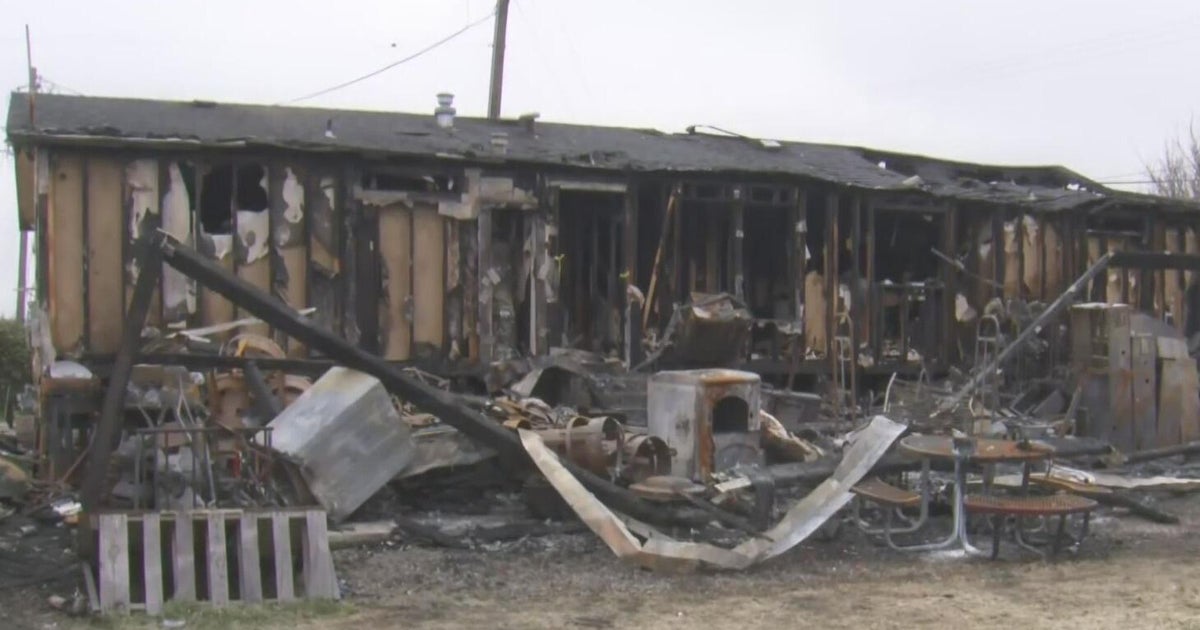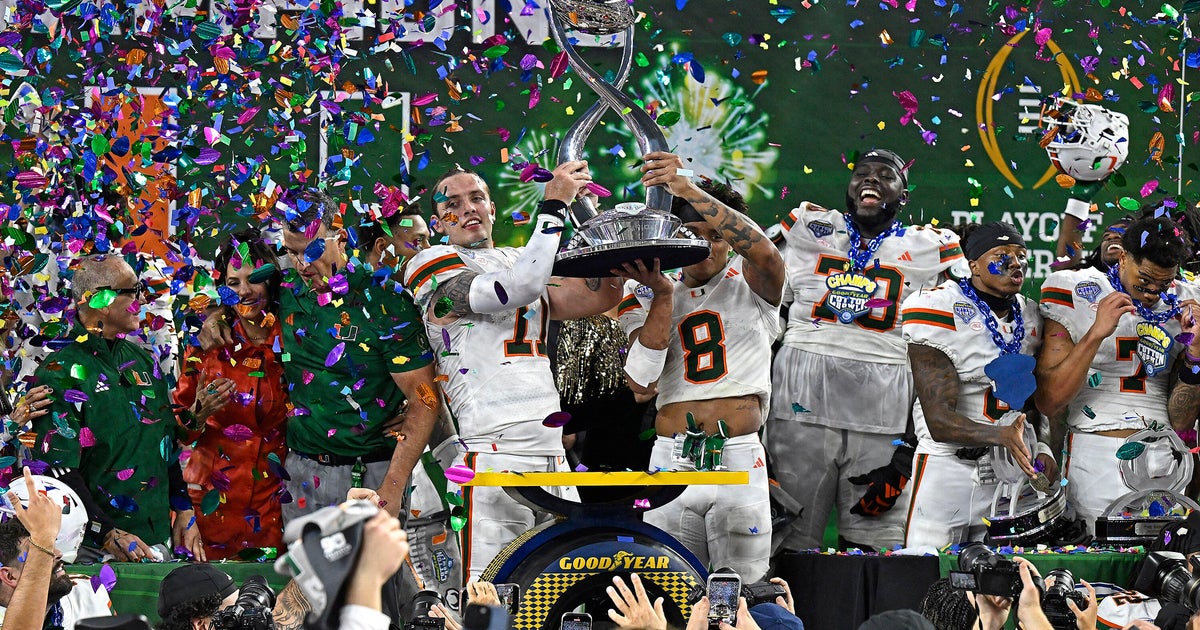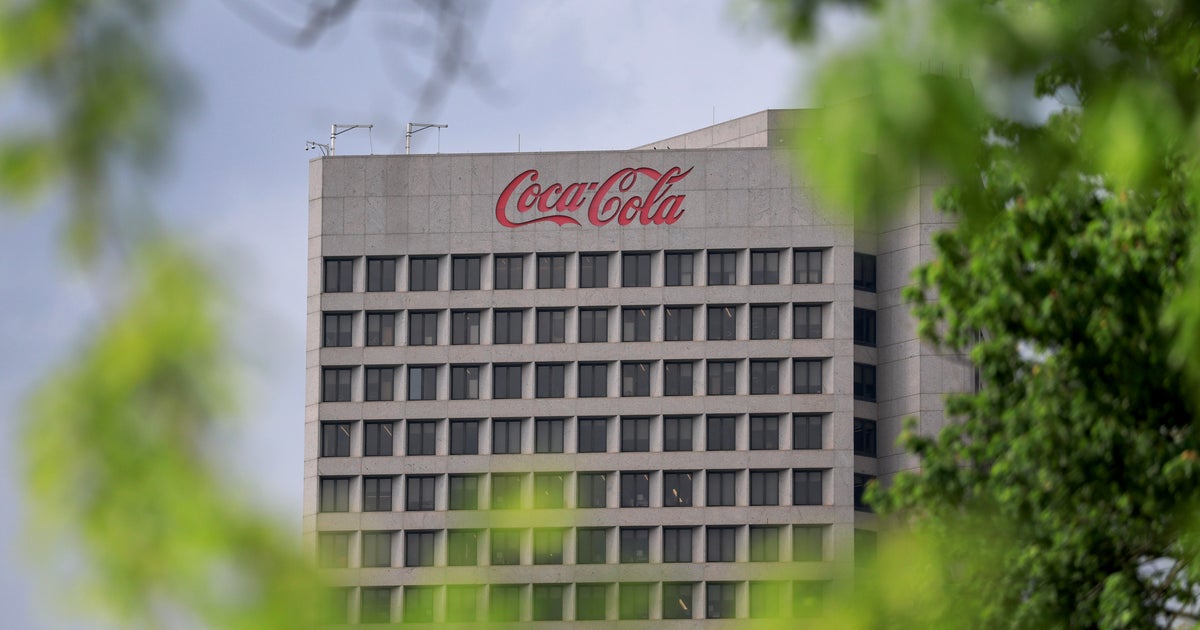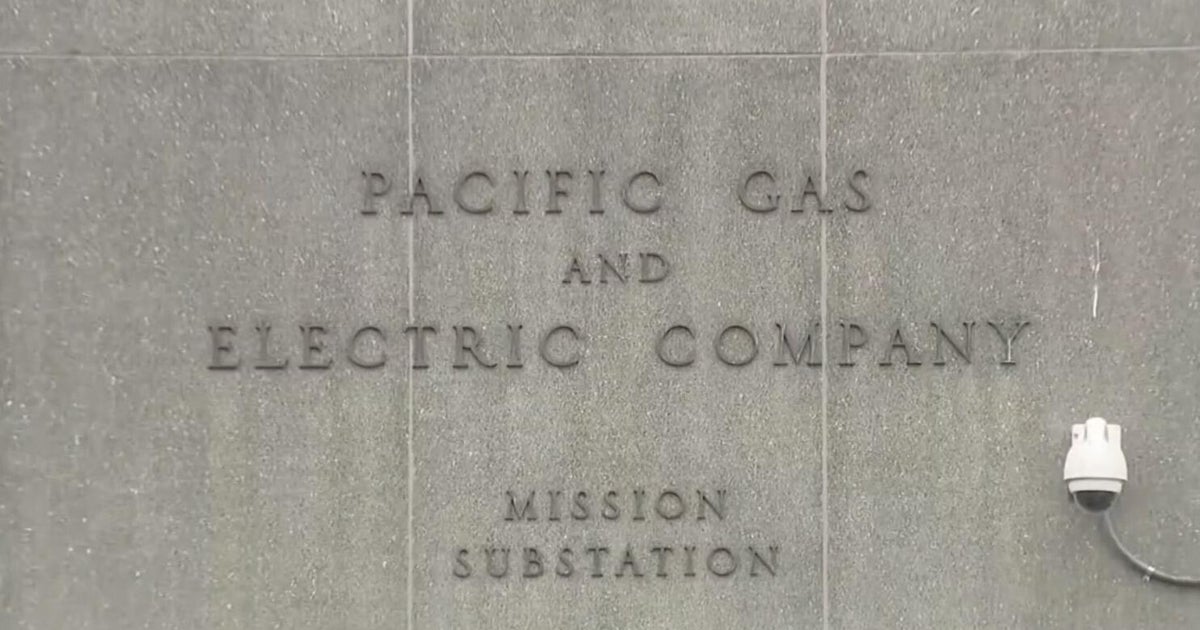U.S. Open News And Notes: June 18, 2011
The McIlroy Mickelson Pairing
Bethesda, Md.—For 36 holes, Robert Garrigus shared the same tee-time wave as the pairing featuring U.S. Open leader Rory McIlroy and fan favorite Phil Mickelson.
Though Garrigus could not personally see that McIlroy was making history and Mickelson was trying to find his game, he knew by the sounds of the gallery what was unfolding.
"You could just tell by the roars when Phil did something good and when Rory did something good," said Garrigus, who is tied for third at 2-under 140. "The Phil roars are much louder. The fans are pulling so hard for Phil to win. If Phil makes a run on Saturday or Sunday, this place will go nuts."
Through 36 holes, Mickelson has not given the galleries much to cheer about. His U.S. Open began with a double bogey at the par-3 10th hole, and he has struggled to get back to even par ever since. After an opening 74, the four-time major winner posted a 69 that included a double bogey on the 18thhole. He is now at 1-over 143.
"Even though I was able to shoot under par today, I was still struggling with it," he said. "Rather than go work on it, I think I'm going to try to figure out what it is I need to work on first and then get back to the range."
Meanwhile, McIlroy shot a 5-under-par 66, which also included a double bogey on the 18th hole, and enters the weekend at 11-under 131. He carries with him the record for the best 36-hole score in the championship's 111-year history.
Amateur Status
Amateur Patrick Cantlay is beginning to feel a bit more comfortable in his first U.S. Open appearance. A second-round 4-under 67 will do that for a 19-year-old.
Standing in front of the media to talk about that 67?
"This is the worst part," Cantlay admitted. "I have [conducted interviews before], but this is the toughest part for me."
The last time Cantlay, a sophomore at UCLA, faced a large contingent of media to talk about golf was at last year's U.S. Amateur Championship. Cantlay had just lost to eventual champion Peter Uihlein, who is also in this week's Open field.
Cantlay admits to not knowing as much amateur golf history as he would like, but he does realize that his even-par 142 score puts him in contention for low amateur honors.
"All the history that's behind the U.S. Open, and to play well would be great," he said. "I know there are some great names associated with low amateur, though."
A top-15 finish would get him into next year's U.S. Open at The Olympic Club in San Francisco. Fellow amateur Russell Henley, who is tied with Cantlay for 14th, finished T16 last year.
Since 1946, only 23 players have placed top 15, and only five have since 1970.
Such historical talk was not relevant after Cantlay double bogeyed the par-4 sixth hole. He was 2-over for the day, 6-over for the championship.
He got a stroke back at the par-4 eighth and then played the harder back nine in 5-under 30, making birdie at the treacherous par-3 10th and the most difficult par-4 11th.
"I'm just going to try and play the golf course as best I can," Cantlay said of the weekend. "I'm just going to try and learn from the other guys and learn from the experience."
Yang in Second
Only once has a player in the U.S. Open played so well for 36 holes—and yet trailed by so much.
Y.E. Yang is to Rory McIlory what Thomas Bjorn and Miguel Angel Jimenez were to Tiger Woods in 2000—a distant second.
Yang, the 2009 PGA champion shot a 2-under 69 on Friday and is alone at 5-under 137 heading into the weekend. He also sits six strokes behind leader McIlroy, who is at a record 11-under 131.
When Yang was scheduled to tee off at 1:35 p.m., he had already watched a bit of McIlroy's round and was eight strokes behind. He admits that the deficit may actually have benefited him.
"If he was a stroke or two strokes or three strokes ahead, then maybe it would have added a lot more pressure for me to try and get close to him or at least not lengthen or widen the gap," he said. "But it being such a big gap in the first place, I just didn't really mind what Rory ended up with. So I just played my game. It actually enabled me to concentrate on my own game."
After opening his round with six straight pars, Yang birdied the par-3 seventh and par-5 ninth holes to reach 5 under for the first time. Bogeys at the par-4 11th and 15thholes were followed by birdies on the next hole.
At last year's Korean Open, Yang overcame a 10-stroke deficit to win. Thus, he will enter the weekend with optimism that a comeback is possible. In 1975, Lou Graham made up 11 strokes to complete the largest U.S. Open 36-hole comeback to win.
"So anything can happen in golf, really," he said. "I know it's sort of a different kind of level of golf tournament, but still, there are many amazing things that happen in golf."
Stuart Hall is editor of the Golf Press Association.









